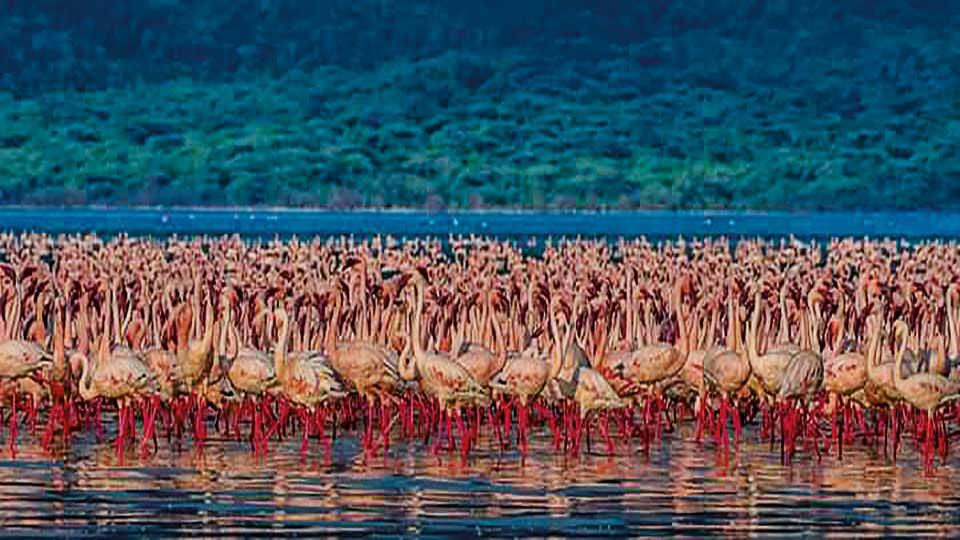[ad_1]
YOUNTVILLE — The exhibition of entries in the first Photo Finale, part of the Napa Valley Mustard Celebration, is on display at the Jessup Cellars Gallery in Yountville through March 31.
The open invitation photography competition is the brainchild of Napa Valley photographer MJ Schaer, who started working on the idea in September 2022. Schaer said his goal was “to attract professional and amateur photographers throughout the wine country to break out their cameras and capture that one-of-a-kind image.”
Support local news coverage and the people who report it by subscribing to the Napa Valley Register.
Schaer, who served director as well as founder for the inaugural photo competition, said he was pleased with the response, which brought in 72 submissions from 44 photographers, all studies of the wild mustard plant that blooms in profusion throughout the valley and serves as a cover crop in vineyards during the winter.
The show opened at Jessup on March 4. It “celebrates nature’s unmatched ‘yellow gold’ beauty and (the) splendor of the winter mustard bloom that blankets Napa Valley’s landscape and vineyards, up and down the valley from December through March,” Schaer said.
People are also reading…
Photographers had four categories from which to choose: landscape; people/pets; innovative and food and wine.
Judging from the winners, dogs proved to be a popular choice for subjects appreciating mustard.
Schaer said the first, second, third and honorable mentions ribbons have been awarded to the top four photographs in each of the 2023 categories.
— First place: Dean Busquaert
— Second place: MJ Schaer
— Third place: Nancy Hernandez
— Honorable Mention: Jena Kaeppeli
— First place: Kennedy Schultz
— Second place: Lyra Nerona
— Third place: Marilyn Ferrante
— Honorable Mention: Ronda Schaer
— First place: Francine Marie
— Second place: Katherine Zimmer
— Third place: Francine Marie
— Honorable Mention: Hilary Brodey
There were no entries in the food and wine category this year, Schaer said.
Voting for Peoples’ Choice is open until March 29 in the Gallery at Jessup Cellars, Schaer said. The Peoples’ Choice award will be announced on March 30 at the closing reception from 5:30 to 7 p.m.
The show “has been a big success,” Schaer said. “Plans for 2024 are already in the works.
“I am so pleased with the entry submissions by professional and amateur photographers,” he said. “The unique facility at Jessup Cellars Gallery gives the exhibition a true wine country setting and experience.
“This year, Nature’s Mustard Plant is getting the recognition throughout Napa Valley that it deserves.”
Artist Jessel Miller, owner of the Jessel Gallery in Napa, led the effort to re-establish a winter celebration of mustard after the demise of the Napa Valley Mustard Festival in 2010. The idea took off this year, inspiring everything from mustard infused menus at restaurants to mustard treatments at local spas, as well as mustard-inspired art.
A complete list of Mustard Celebration activities can be found on the website, www.napavalleymustardcelebration.com.
Photo Finale 2023 exhibition at Jessup Cellars Gallery, 6740 Washington Street, Yountville, is open to the public from 10 a.m. to 6 p.m., daily. The photographs are available for purchase. For more information, visit the photo-finale.com
Photos: Mustard in the vinevards of Napa Valley
Mustard

Recent rains and mild weather have resulted in the much anticipated splash of color in the Napa Valley. Mustard is seen in this vineyard along Los Carneros Avenue, south of Napa, on Thursday morning.
Darms Land Mustard

A tree stands sentinel over rows of grape vines and mustard on Darms Lane on Tuesday afternoon.
Hillside Mustard

Mustard blooms in a hillside vineyard along Thompson Avenue during a storm on Monday afternoon.
Mustard

Mustard adds a touch of color to this vineyard along Orchard Avenue in north Napa.
Calm Before the Storm

Mustard has already popped up in some vineyards, such as this one on Old Sonoma Road. Rain is expected to move into the Napa Valley over the next few days.
Mustard and Barn

Mustard blooms along Milton Road in Carneros on Friday afternoon.
Mustard

A carpet of mustard grows betweens rows of dormant grape vines along Rutherford Road on Wednesday afternoon.
Blooming Mustard

Mustard blooms among rows of vines along Highway 29 north of Yountville.
Mustard and Trees

Flowering trees provide a brilliant backdrop for a mustard-covered vineyard along Silverado Trail near Glass Mountain Road in St. Helena on Monday afternoon.
Mustard

Mustard along the Napa River Trail near Napa Valley College.
Mustard and Fog

Mustard blooms among rows of vines along Highway 29 north of Yountville.
Mustard in the vinevards of Napa Valley

Star Vineyard, Rutherford
Check out Napa Valley’s 2021 mustard bloom. The yellow flower has carpeted the valley.
[ad_2]

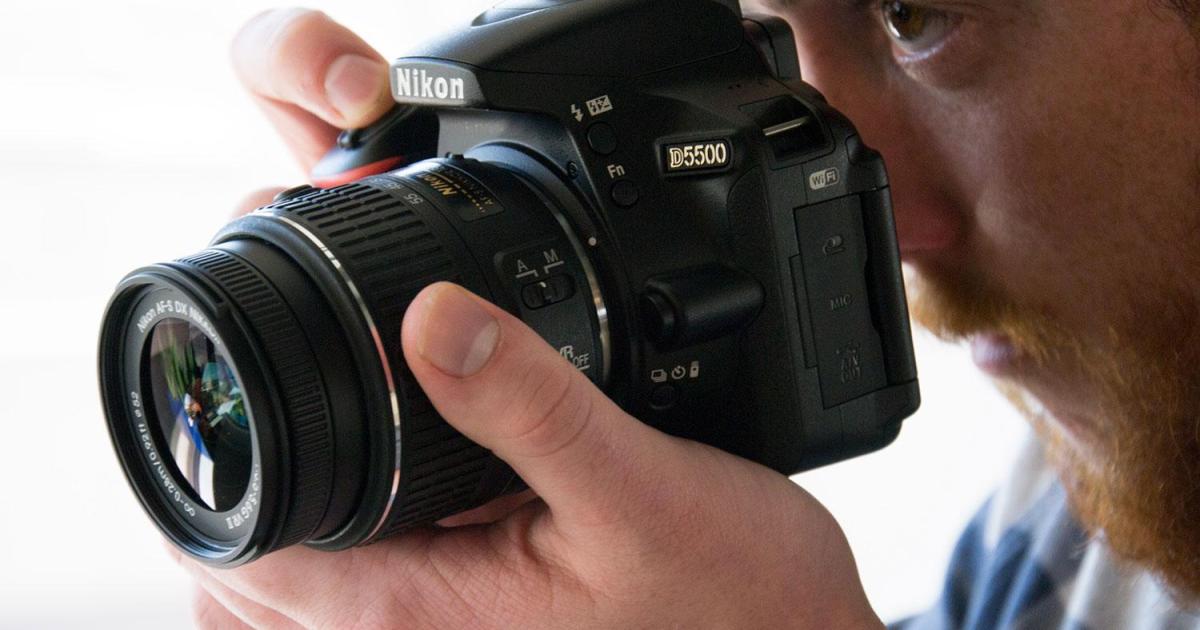
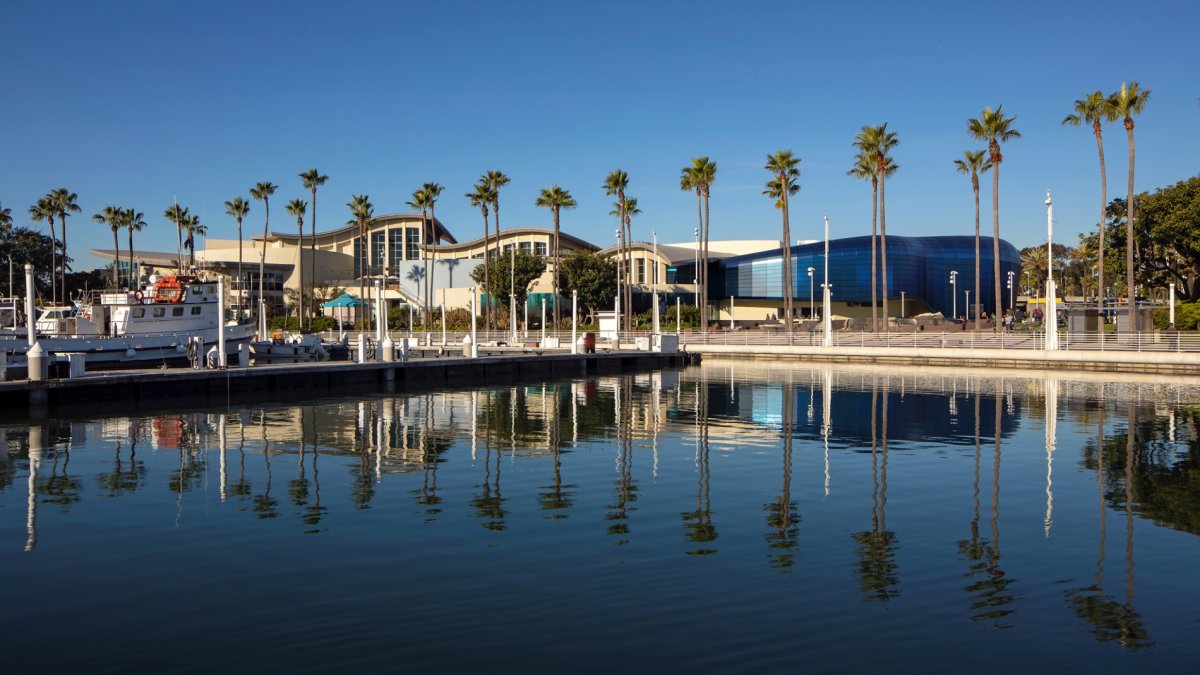
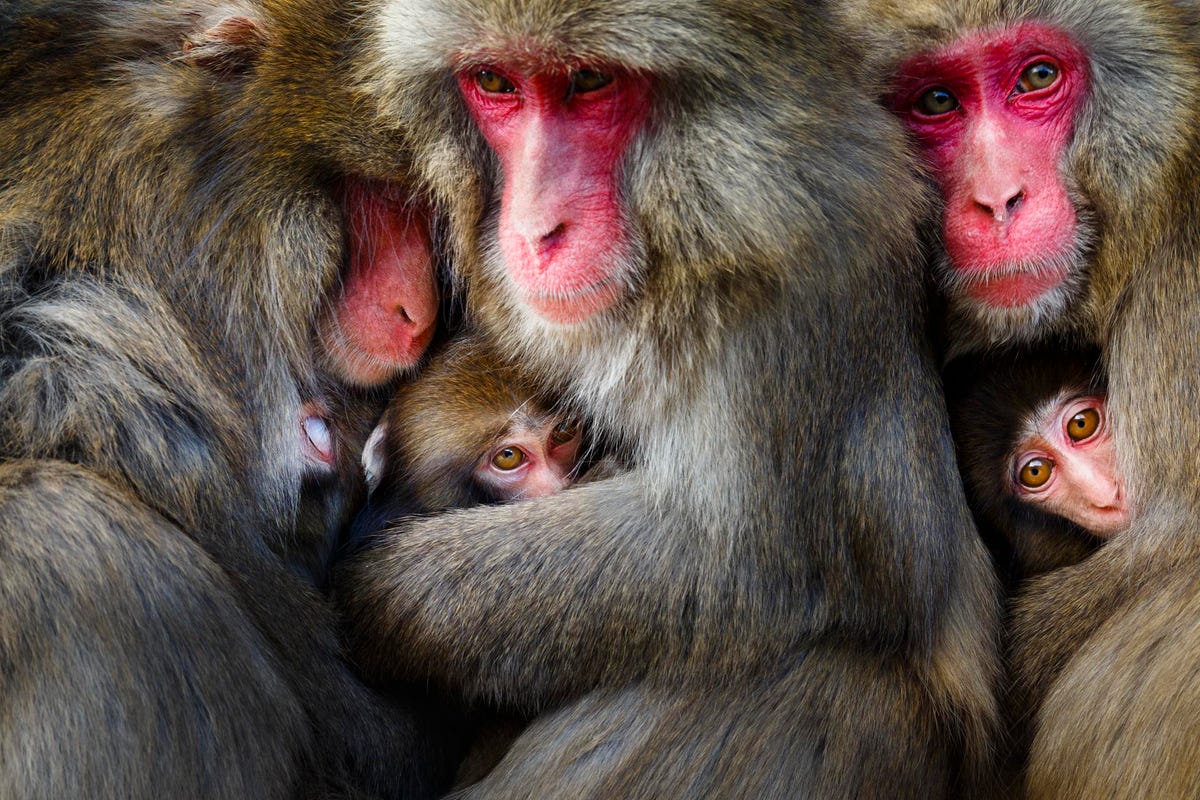
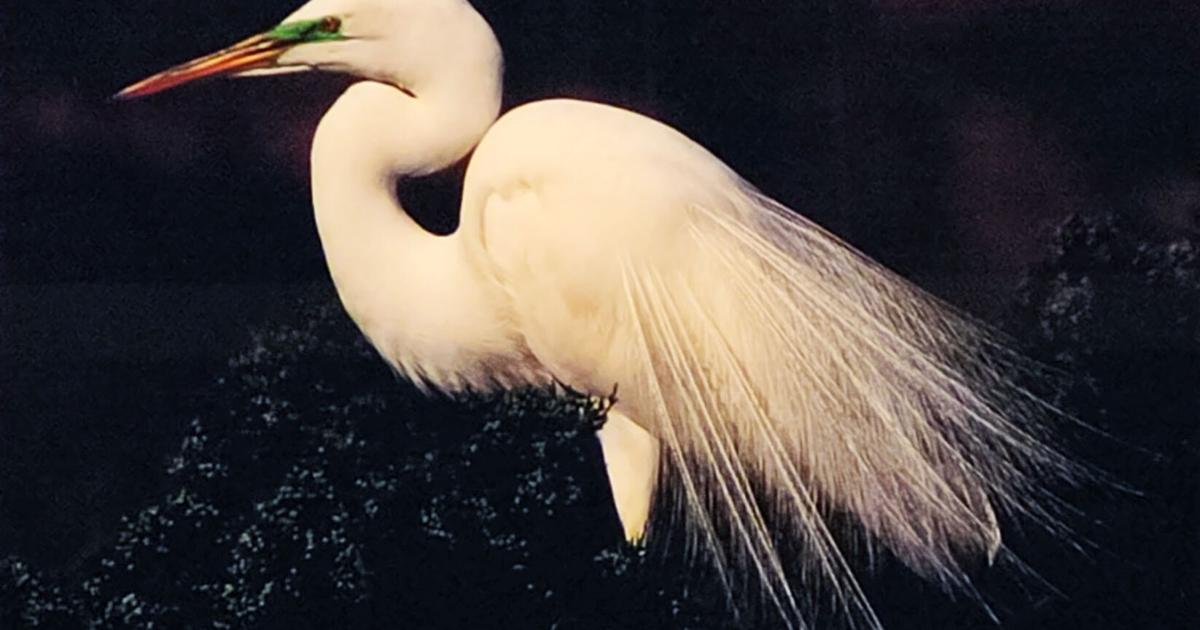

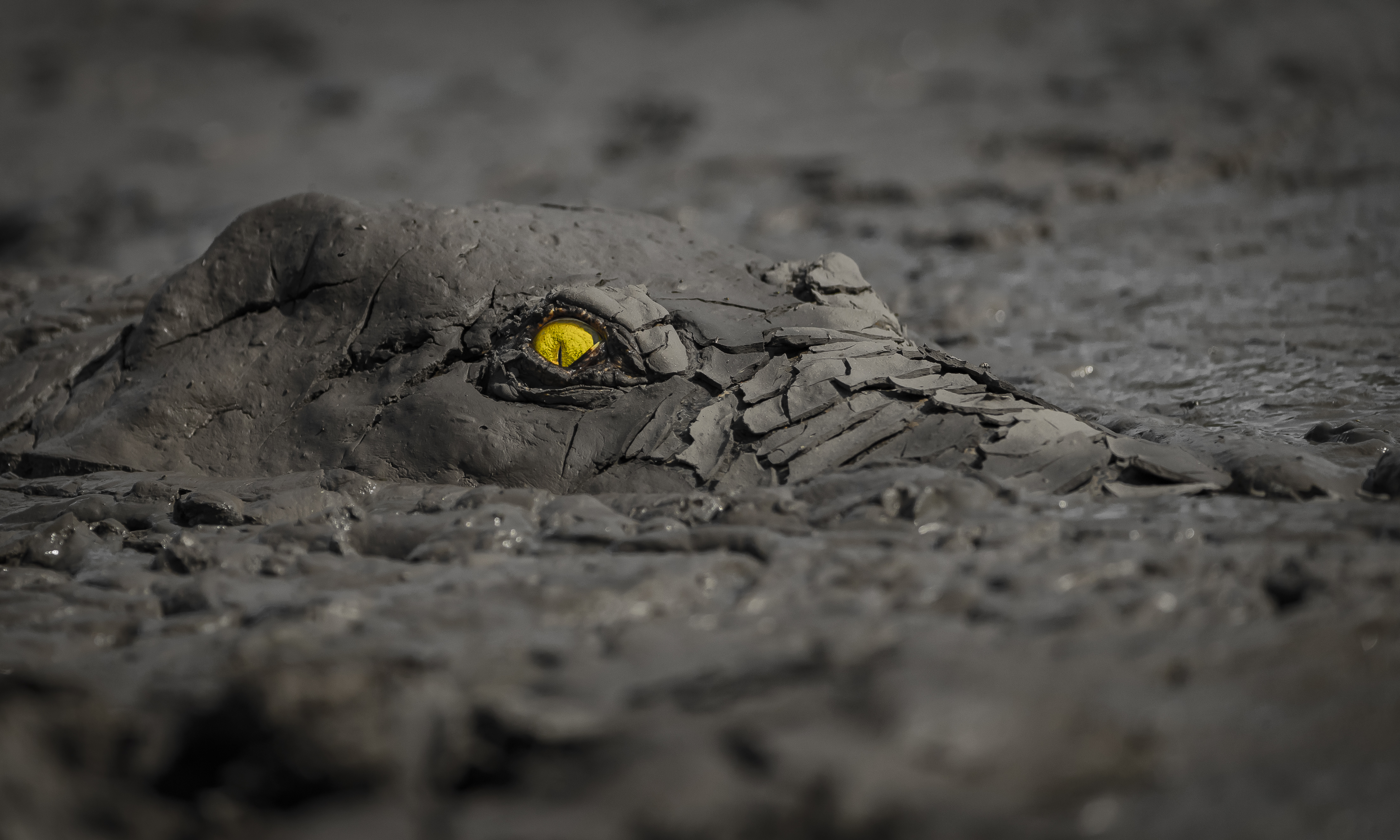
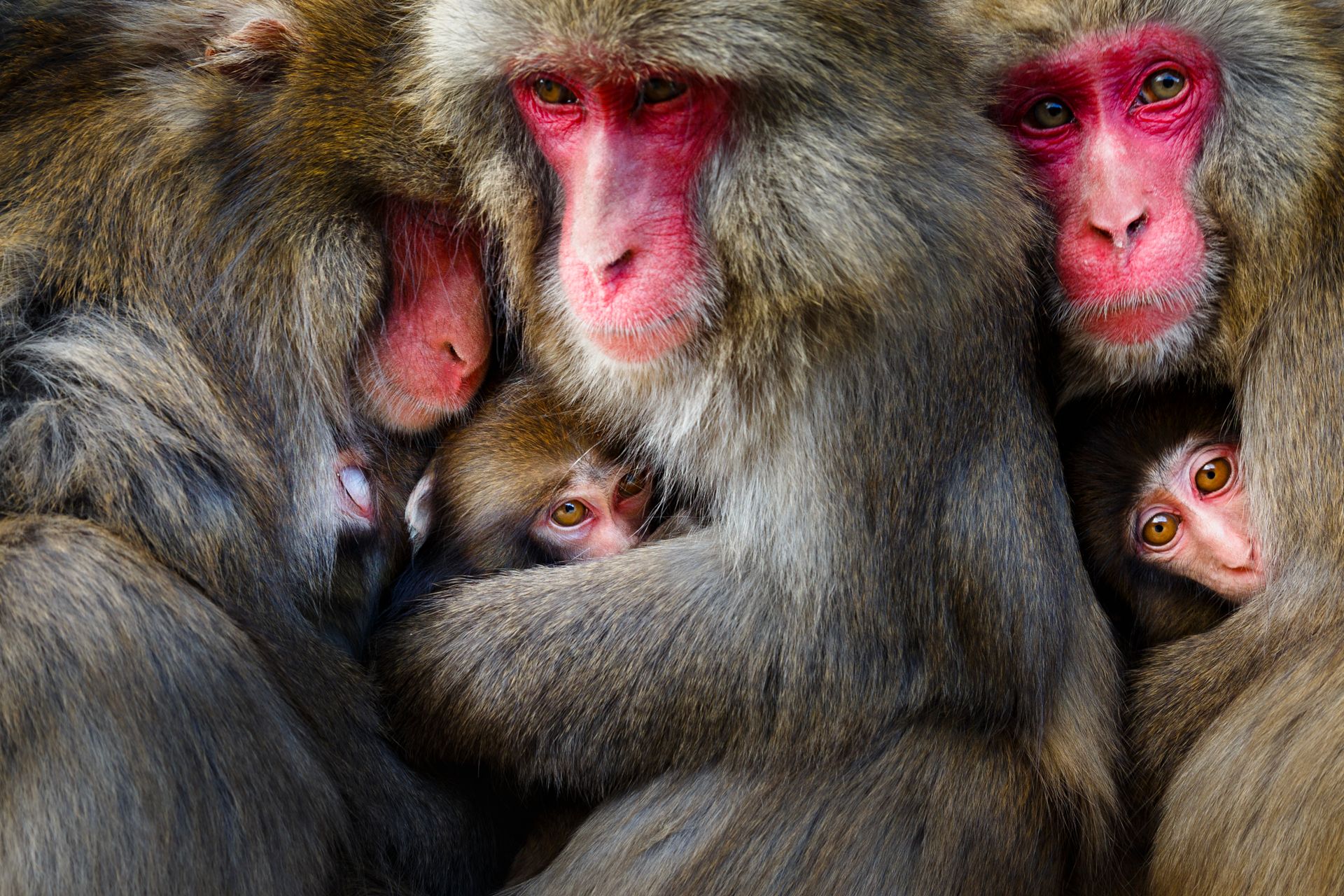
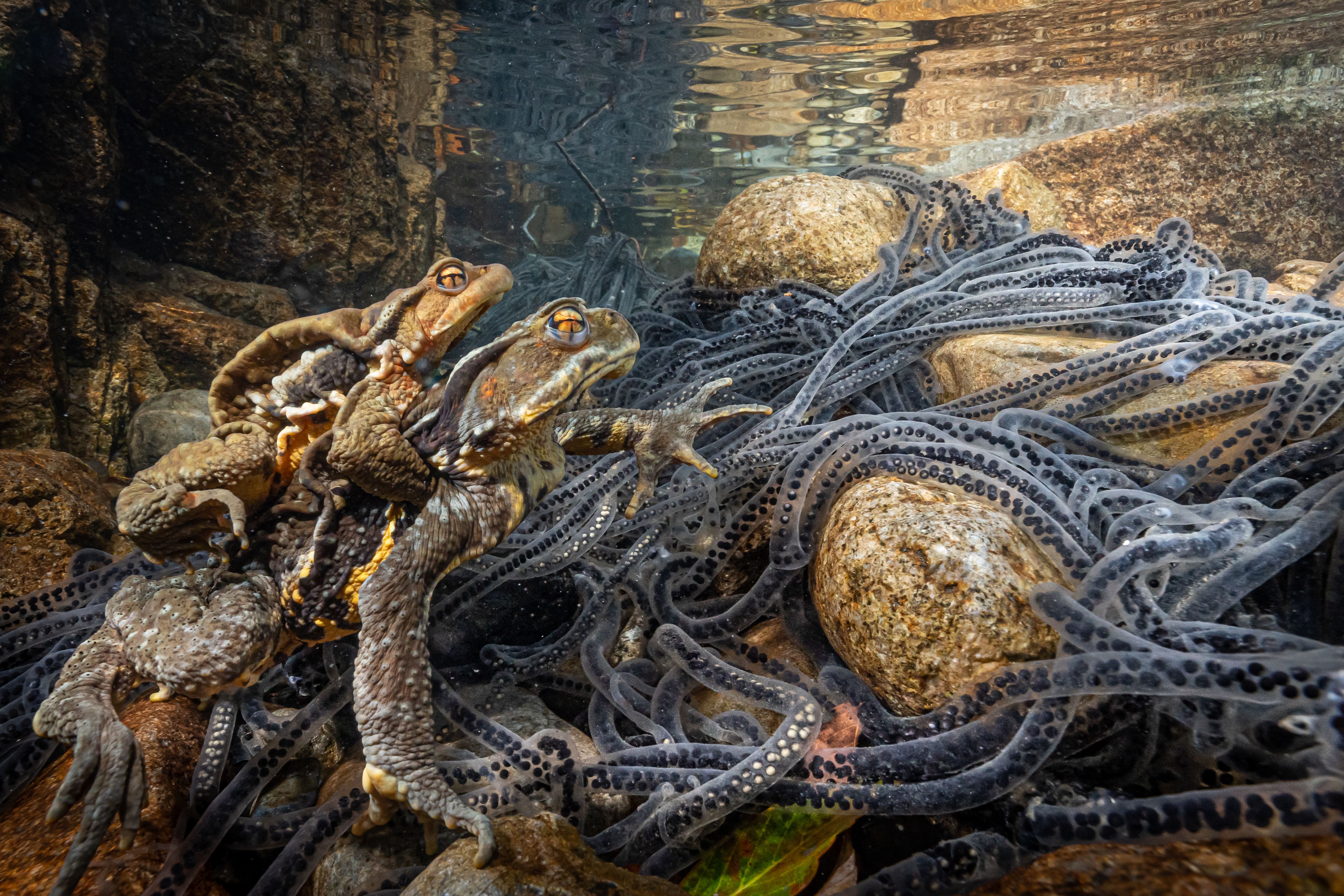
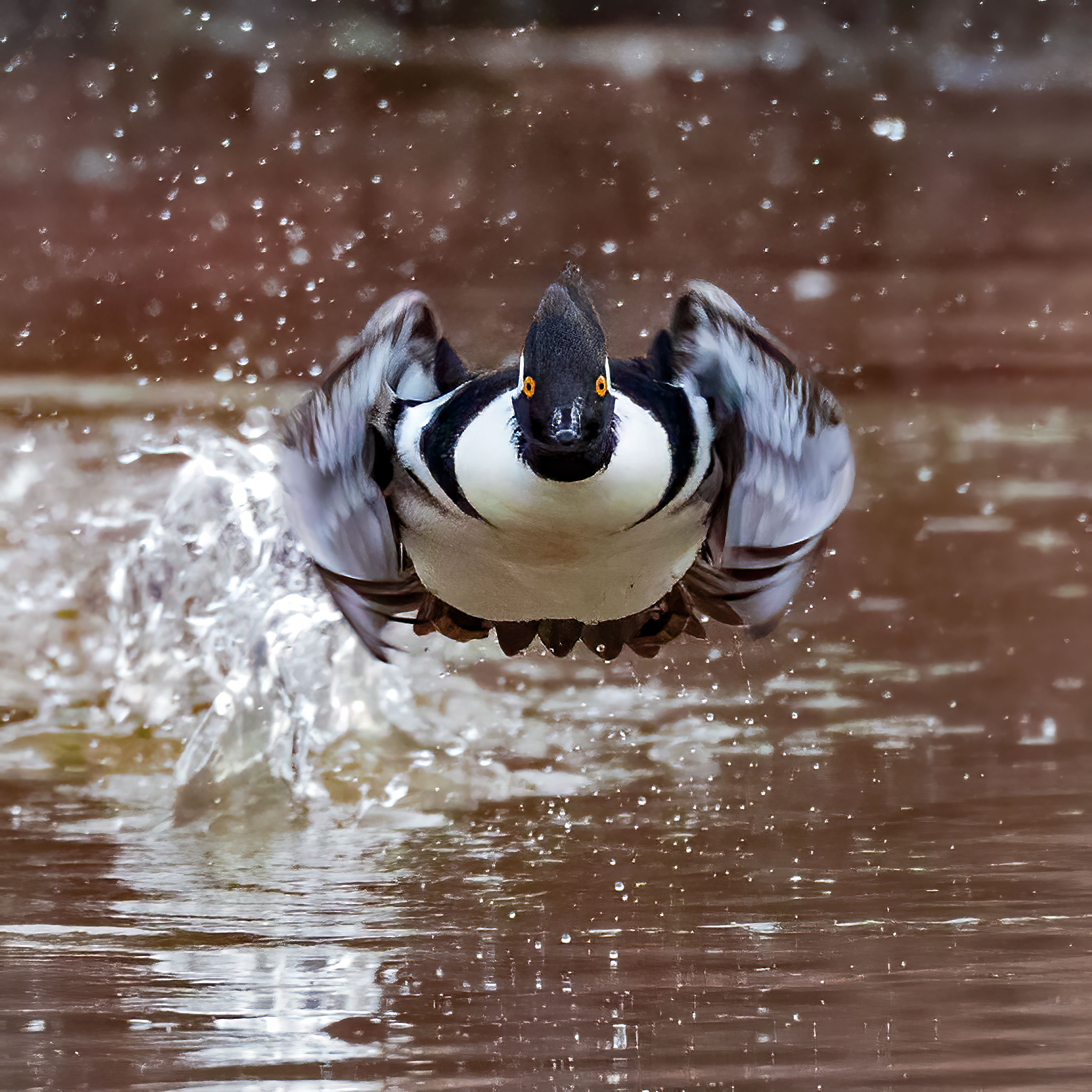
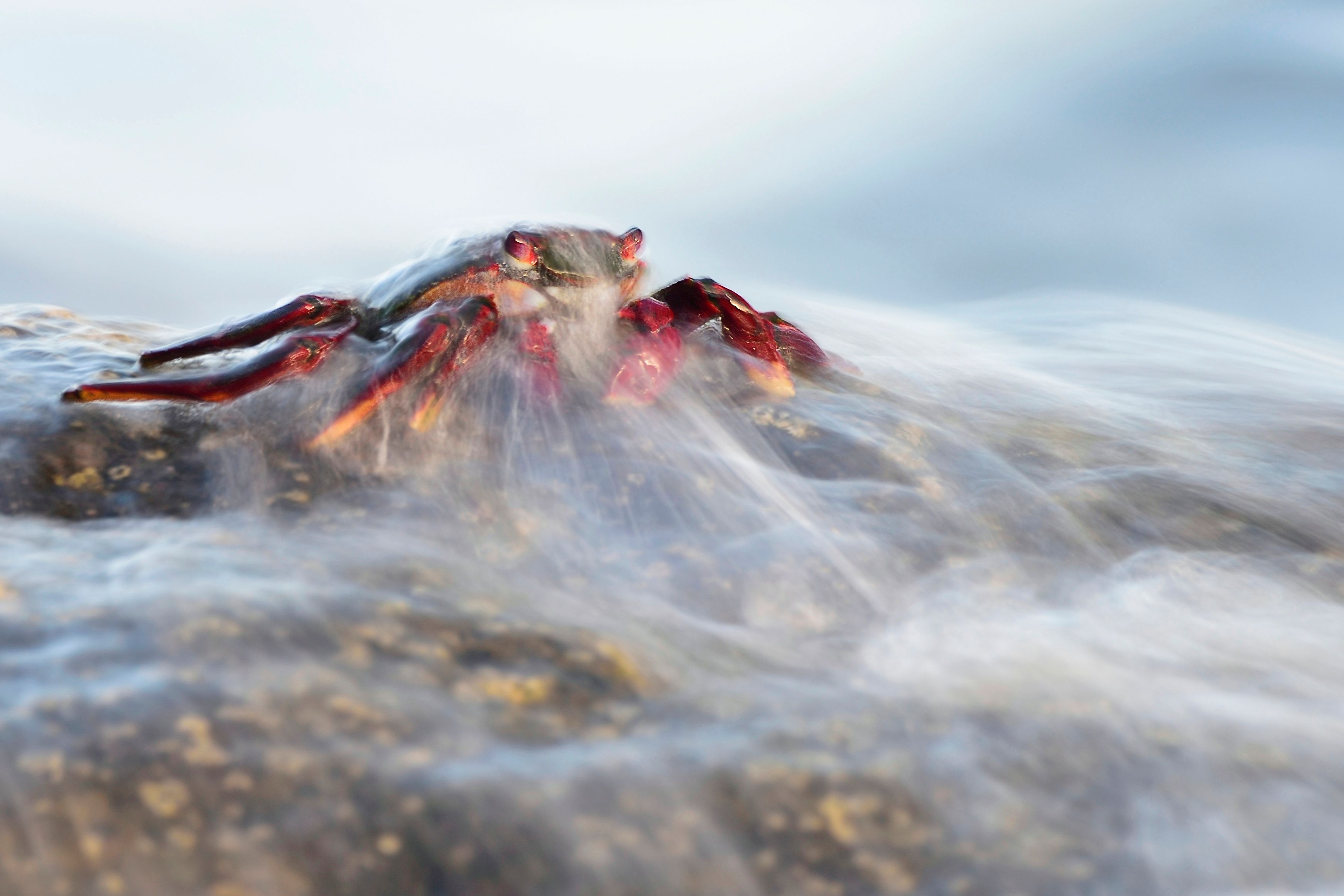

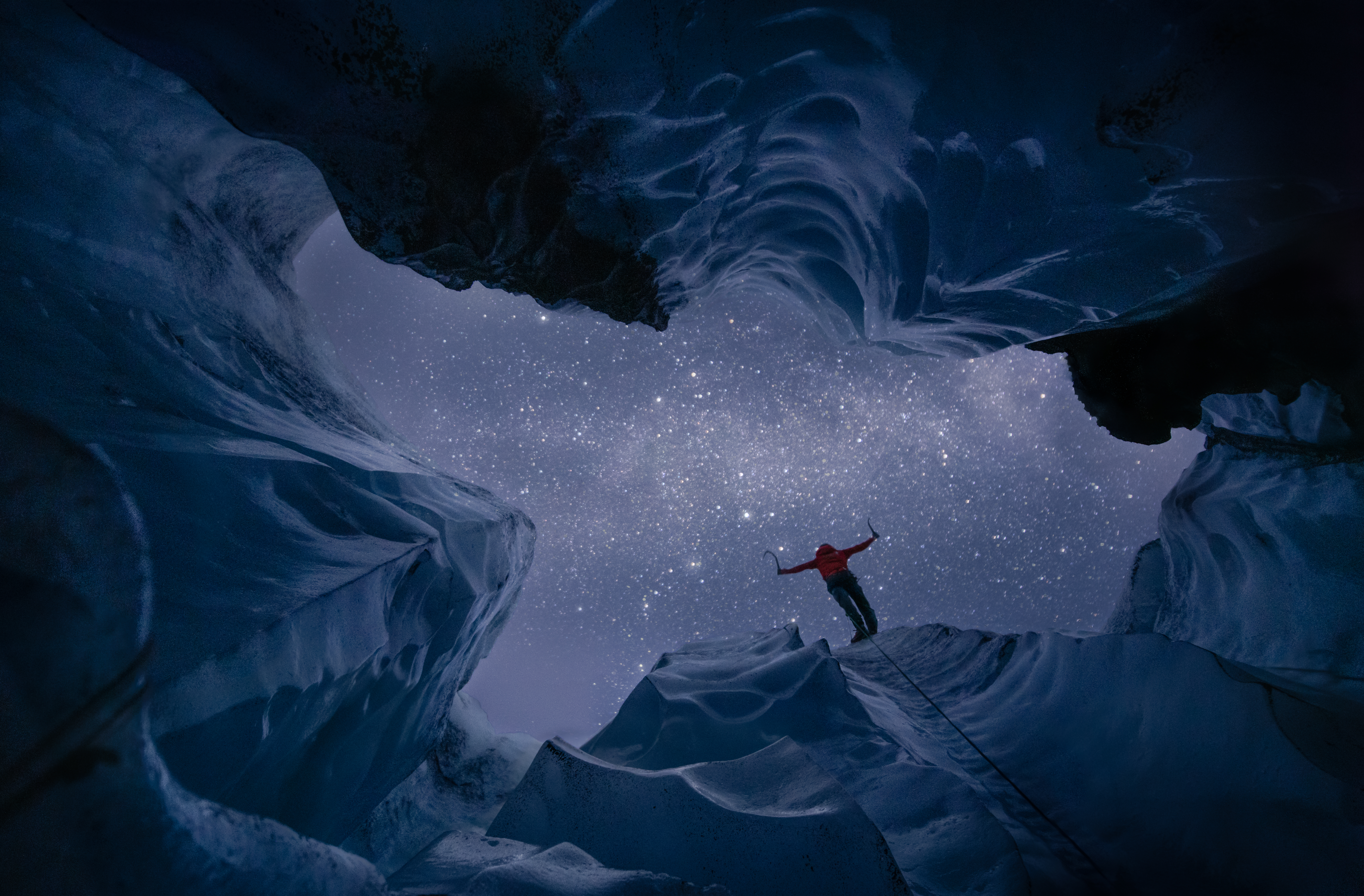
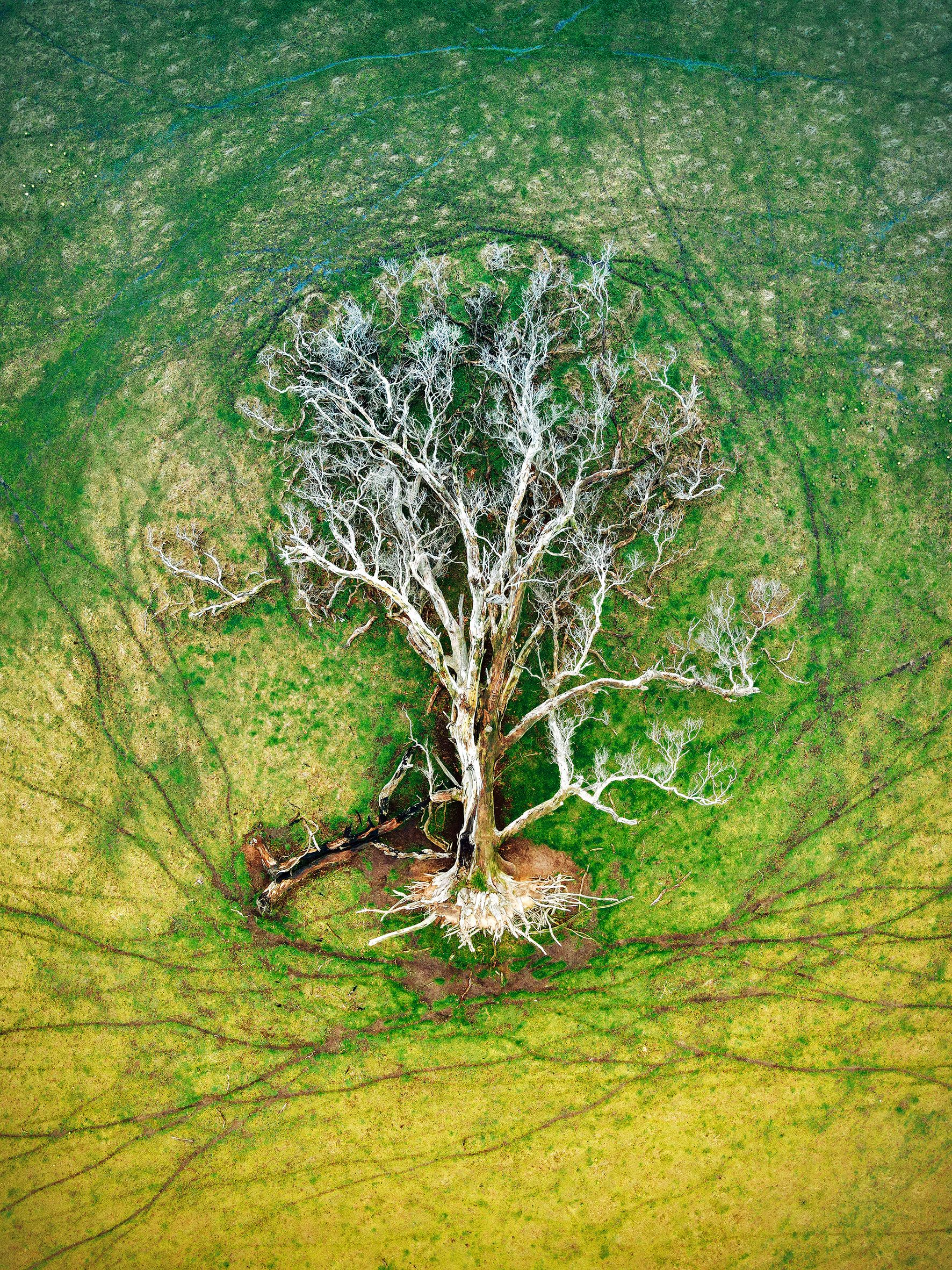
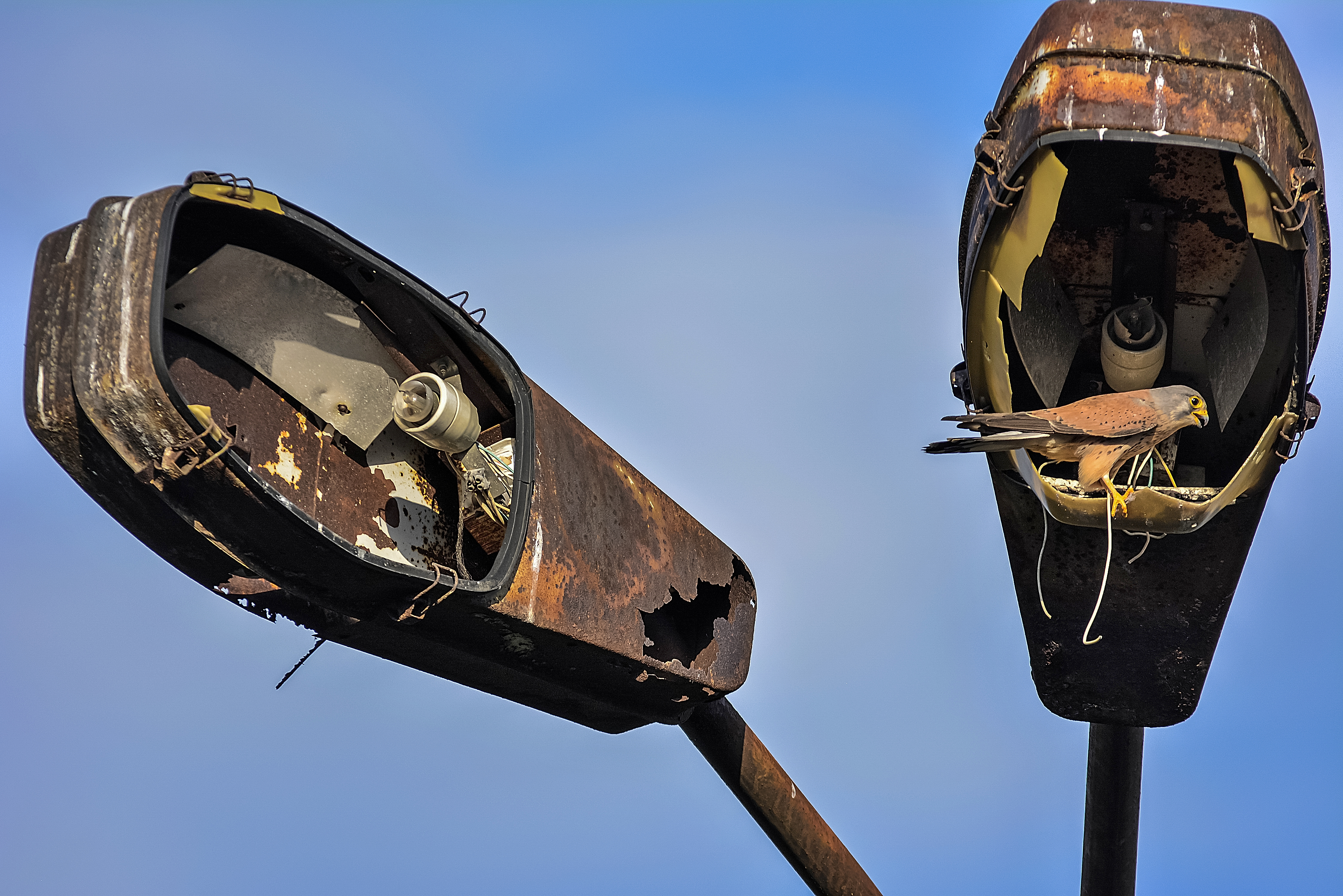
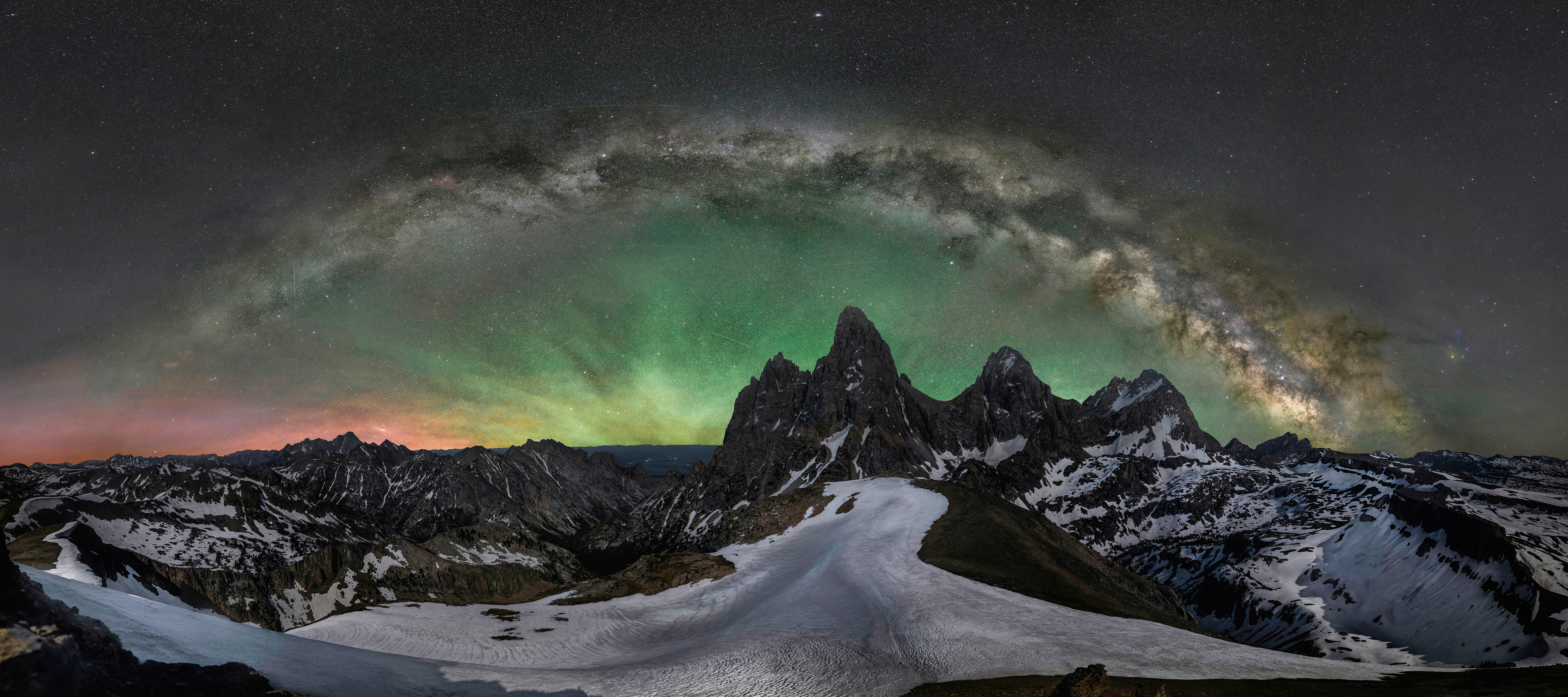
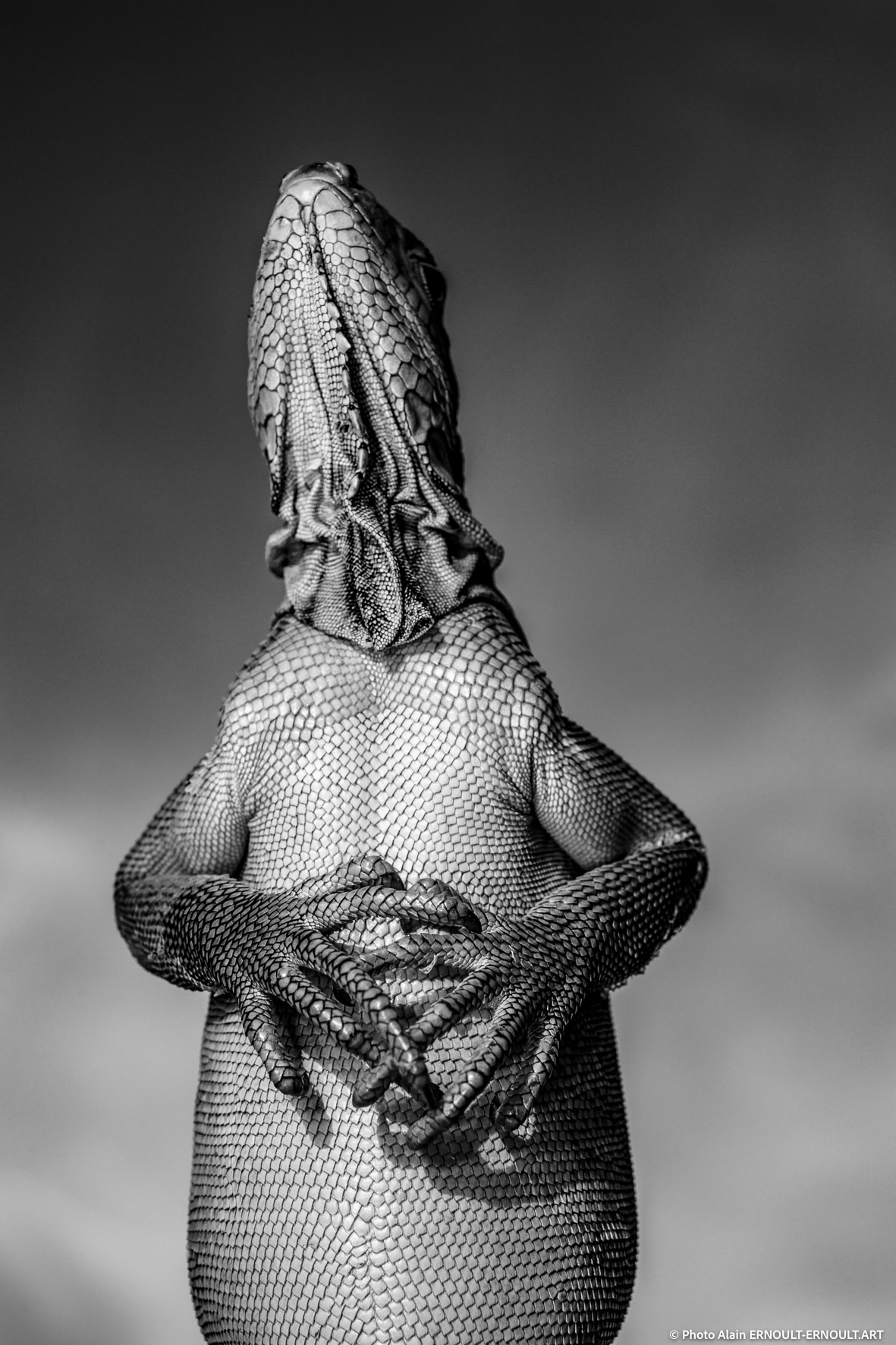
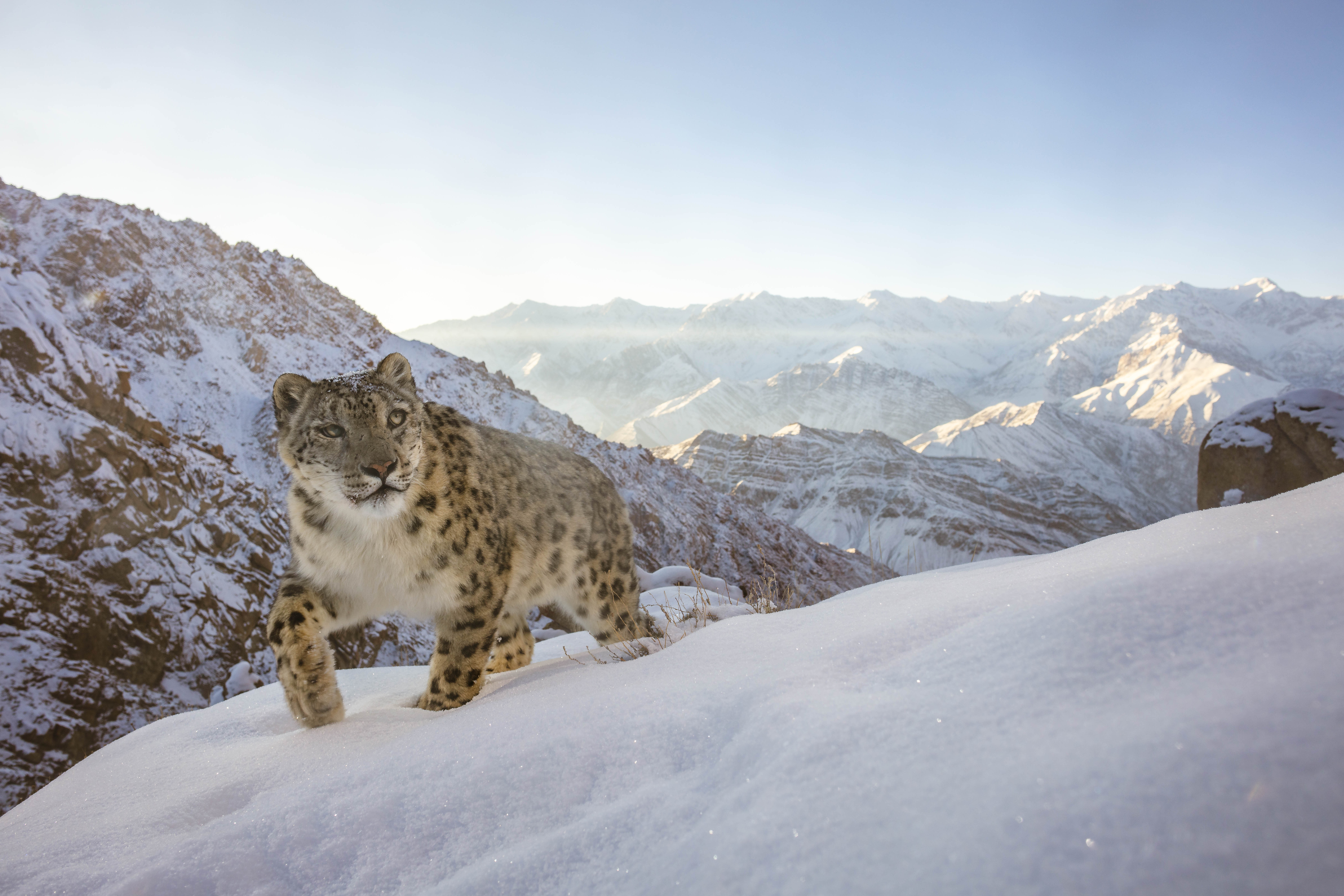
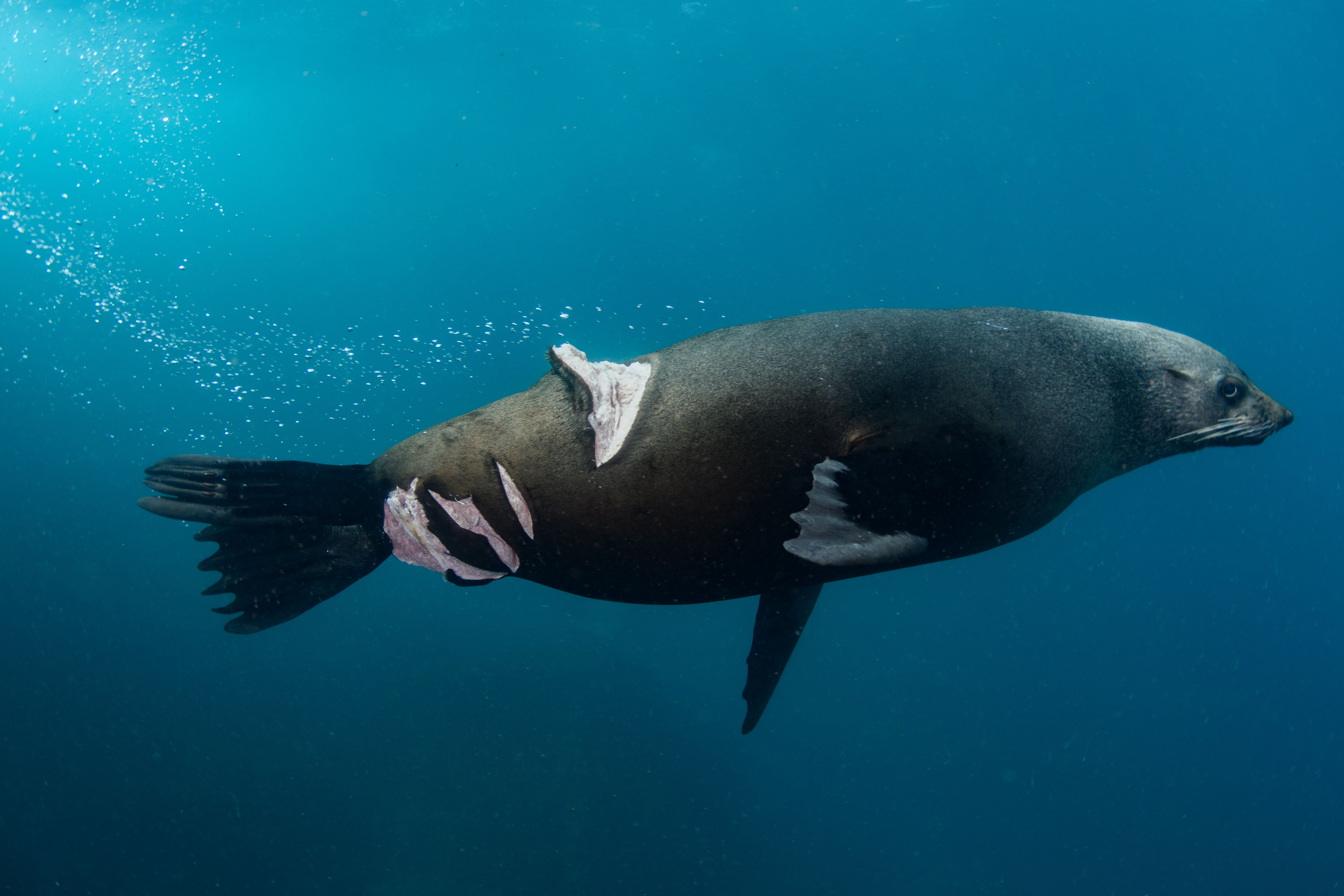
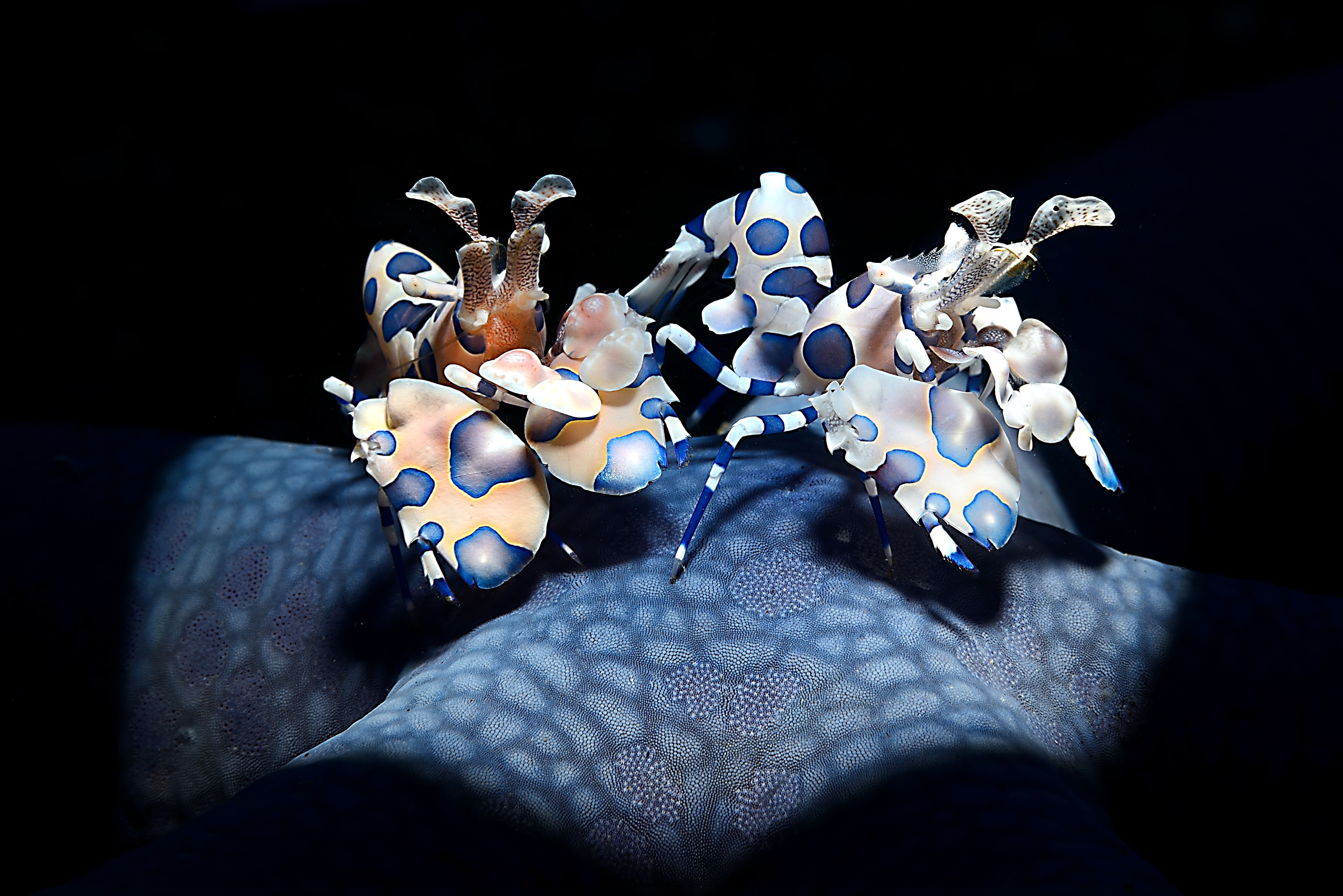

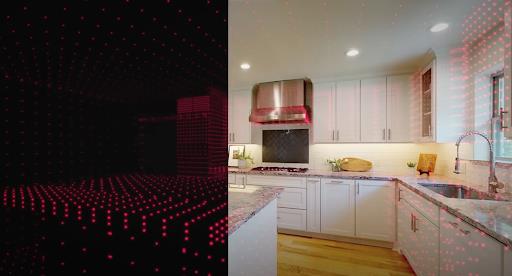
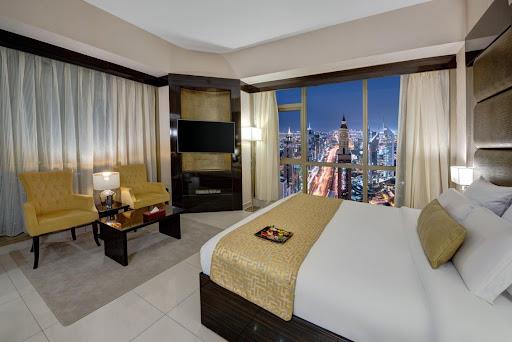
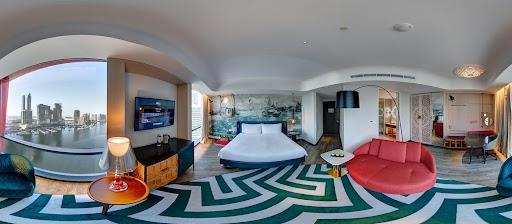
/https://tf-cmsv2-smithsonianmag-media.s3.amazonaws.com/filer_public/85/f5/85f51687-caa1-4f67-959f-f387106dc814/1267_3673_dinorahgraueobscura_costarica_open_naturalworldwildlife_2023.jpg)
/https://tf-cmsv2-smithsonianmag-media.s3.amazonaws.com/filer_public/60/d7/60d7b217-5a73-4428-b171-a1713dc63615/1269_3675_josemanuelgrandio_spain_open_naturalworldwildlife_2023.png)
/https://tf-cmsv2-smithsonianmag-media.s3.amazonaws.com/filer_public/34/48/344817fa-c6f6-45cf-8699-f56c843bee13/1261_3667_marcioestevescabral_brazil_open_naturalworldwildlife_2023.jpg)
/https://tf-cmsv2-smithsonianmag-media.s3.amazonaws.com/filer_public/0e/9d/0e9dfd65-4898-47bb-b205-27eeed81ccbd/1383_3789_protapshekhormohanto_bangladesh_open_naturalworldwildlife_2023.jpg)
/https://tf-cmsv2-smithsonianmag-media.s3.amazonaws.com/filer_public/e5/ff/e5ff0251-0d11-401d-ad70-999248c375c9/1259_3665_pietroformis_italy_open_naturalworldwildlife_2023.png)
/https://tf-cmsv2-smithsonianmag-media.s3.amazonaws.com/filer_public/1d/08/1d089e43-7e6c-4919-8386-7c8d17549ac6/1265_3671_subratadey_bangladesh_open_naturalworldwildlife_2023.png)
/https://tf-cmsv2-smithsonianmag-media.s3.amazonaws.com/filer_public/26/45/2645cc57-825b-455d-8ebf-61c1e95dac2a/1273_3679_jameshunter_germany_open_naturalworldwildlife_2023.png)
/https://tf-cmsv2-smithsonianmag-media.s3.amazonaws.com/filer_public/79/dd/79dd41ed-2201-4741-81cf-4445fb6bcf71/1257_3663_tiborprisznyk_hungary_open_naturalworldwildlife_2023.png)
/https://tf-cmsv2-smithsonianmag-media.s3.amazonaws.com/filer_public/eb/53/eb530883-a0d4-49e5-80cc-e520410c8b5e/1253_3659_patrickems_switzerland_open_naturalworldwildlife_2023.png)
/https://tf-cmsv2-smithsonianmag-media.s3.amazonaws.com/filer_public/6b/1d/6b1d608e-00cf-4d04-b6d4-7a1337f36534/1251_3657_alexpansier_netherlands_open_naturalworldwildlife_2023.png)
/https://tf-cmsv2-smithsonianmag-media.s3.amazonaws.com/filer_public/cd/6a/cd6a2b3f-5ef3-45f7-b84a-470fed63a5e7/1247_3653_charlyclrisse_spain_open_naturalworldwildlife_2023.jpg)
/https://tf-cmsv2-smithsonianmag-media.s3.amazonaws.com/filer_public/6a/97/6a97554f-dbf1-44b2-8e8e-cd20a58b3c08/1249_3655_arnfinnjohansen_norway_open_naturalworldwildlife_2023.jpg)
/https://tf-cmsv2-smithsonianmag-media.s3.amazonaws.com/filer_public/18/fd/18fdafec-f753-4ac7-a506-b4544693f99e/1263_3669_vinceburton_unitedkingdom_open_naturalworldwildlife_2023.jpg)
/https://tf-cmsv2-smithsonianmag-media.s3.amazonaws.com/filer_public/c6/f5/c6f55b17-4a3b-4342-8804-b2920f82a565/1271_3677_andreamichelutti_italy_open_naturalworldwildlife_2023.jpg)
/https://tf-cmsv2-smithsonianmag-media.s3.amazonaws.com/filer_public/d8/93/d89389ad-9eea-4279-8484-265b2c64c531/1275_3681_markfitzsimmons_australia_open_naturalworldwildlife_2023.png)
